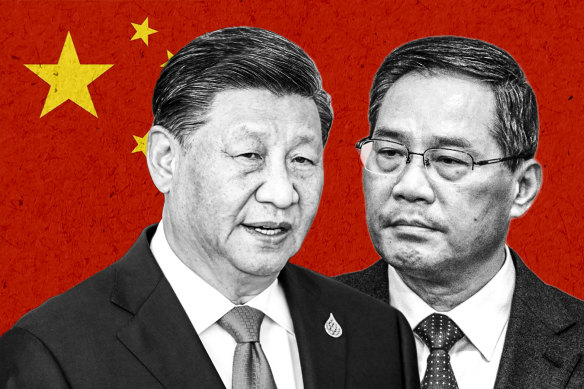
Li Qiang is most likely China’s next premier. Read to know more about the former party chief and acolyte of Xi Jinping.
Who is Li Qiang?
63-year-old Li Qiang, a native of the Zhejiang province is a follower of Xi since his time in the provincial government. He served as Xi’s de facto chief of staff during the time. Li was one of the most trusted confidants between 2004 to 2007 when Xi was the party chief of Zhejiang. As per BBC, the duo would impress their superiors with their work ethics and work several hours into the night. If selected, he will be the first premier since 1976 to not gain the promotion from vice-premier.
Additionally, in 2015, Li accompanied Xi on a visit to the US to meet then-US President Obama. He also gave a speech in Seattle, calling for higher cooperation between firms in US and China. When Xi replaced several officials in Jiangsu province as a component of a corruption crackdown, Li was sent as a trustworthy aid. Hence in 2016, he was promoted to the role of provincial chief. He also became the chief of the Shanghai party. Xi himself held the position in the past.
More on the Li Qiang

Known for his pragmatic and business-friendly nature, Li Qiang also played a big role in bringing Tesla to Shanghai. Tesla now has its largest and first factory outside the US. “He was a strong advocate for further opening the market to foreign investors and urged local bureaucracy to create a business-friendly environment when he was at the helm of Shanghai,” stated Wang Feng. Feng is the chairman of Ye Lang, a Shanghai-based financial services group. “He is likely to give businesses, from home or abroad, greater freedom in conducting cross-border trades while requiring government officials to further cut red tape to serve the companies,” added Feng.
However, Li came under the fire on social media for the heavy-handed covid lockdown in Shanghai. Li repeatedly appeared on state media reiterating the party’s lines. “We must resolutely implement the spirit of the important instructions by Party Secretary Xi Jinping and steadfastly persist in the dynamic-zero approach,” he stated. However, last year in November, he decided against activating the reopening plans sooner than previously decided. It lead to a chaotic reopening when China ended mass testing, lockdowns, and several other restrictions.






